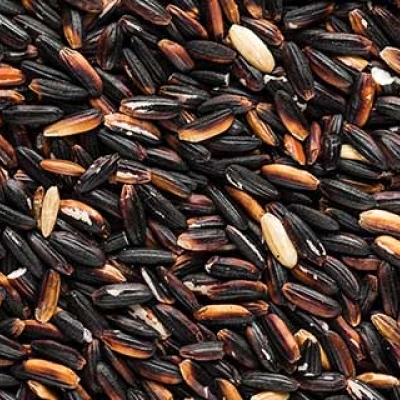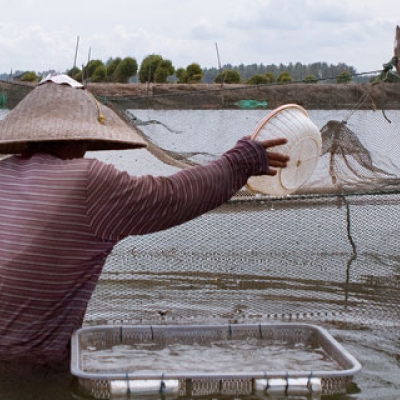The Cavendish banana was truly fortunate to have been discovered by humans. Without our adoption, this sweet and attractive—but seedless—banana would have disappeared into the jungle long ago because, as a genetic mistake, it was doomed to be an asexual and probably short-lived anomaly. Instead, like winning the big lottery, the Cavendish became the most famous of all bananas, despite having no evolutionary future whatsoever. However, the time has come, the course has been run, and the Cavendish is now likely to disappear, but only to be replaced in the grocery display by another genetic anomaly, another as-yet-unknown seedless banana.










